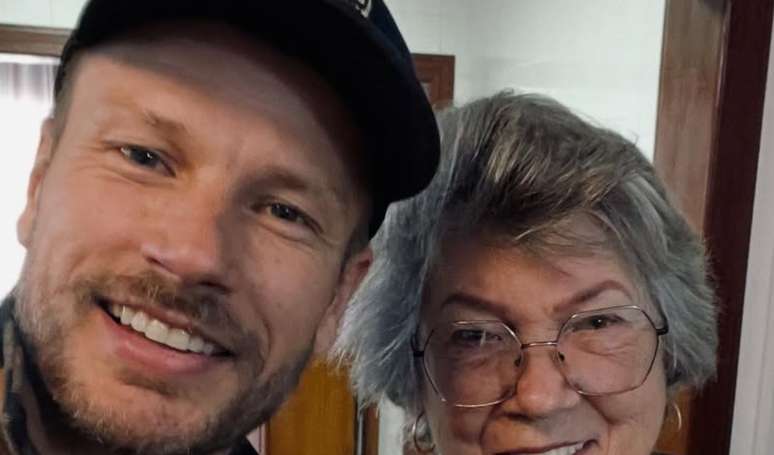A reference in the fight against violence against women, the retired judge speaks of opportunities and obstacles for women in the political environment
Despite the fact that women have received space in some professions that were previously male dominated, the numbers do not lie about how much this reality still has a lot to work on. According to a research, women earn 23% less than men who occupy the same job position, moreover only 30% of them have the opportunity to hold executive positions in companies.
Not enough, over 76% of women say they have already experienced some type of sexual harassment in the workplace, which makes the environment creepy to live in.

“Every day 140 women are raped and 3 are victims of femicide”, adds Maria Consentino, referent in the fight against violence against women, who for years was the head of the Tribunal for domestic and family violence in Belo Horizonte.
The retired judge adds that this is the reality of democracy where women are not heard or even represented, but that these numbers can be changed through female representation in politics.
Representation of women in Brazilian politics
Women began to participate in politics only in 1824, before then the possibility of voting and competing in elections, space only for nobles, whites, officials or soldiers. However, only 103 years have passed since the first woman was registered as a voter and another 8 years from the first to win the election as a city councilor in Brazil.
According to the Interparliamentary Union, Brazil is one of the worst countries in terms of women’s political representation, ranking third in Latin America for the lowest parliamentary representation of women. The rate is 10 percentage points below the global average, practically stable since the 1940s.
“It is believed that this may indicate that, in addition to the fact that Brazil is behind many countries in terms of female representation, little progress has been made in recent decades,” comments Maria Consentino.
The scenario is observed in all spheres of state power. From the municipal chambers to the federal Senate, this representation rate still remains very low, even in a scenario in which 51% of voters are women.
In 2016, a woman held a state government post. Today the situation is not very different, only two state governments are not ruled by men.
“It is possible to perceive that women have not reached the spheres of power of the state in an egalitarian way, which leaves them on the sidelines of the processes of public policy making. In other words, women are not adequately represented in this current political system “, denounces the judge.
Despite the existence of laws guaranteeing a minimum of 30% and a maximum of 70% in the participation of a given gender in any ongoing electoral process, this mechanism has contributed little to improving the performance and arrival of women in positions. in the Brazilian government.
In the midst of this, many of the candidates who sign up for the party’s quota list are considered orange candidates, i.e. they are women who have no interest in running for political office, they are only there to meet the necessary coefficient that the parties must be considered legal in the electoral process. Some don’t even campaign politically and also don’t get qualified votes, which has raised questions about this quota process in Brazil.
The negativities of the under-representation of women in politics
There are many types of impacts caused during the idealization, construction and execution of public policies that consider the issues of being a woman, which can prevent proper debate on fundamental issues, such as public health and safety.
It is understood that the presence of women in politics will allow for greater dialogue and a broader reflection on issues related to the women’s agenda, such as the parliamentary decree regulating railway and subway carriages exclusively for women, implemented by virtue of cases of harassment.
“Such a measure was only possible because the deputy Martha Rocha (PDT-RJ) thought about the issue of safety, like a woman who uses public transport and, therefore, with the need for a differentiated public order”, remembers Maria .
This means that, since it is women who feel certain prejudices or difficulties in their own skin, it is they who must participate by proposing policies that aim to contribute to the improvement of these scenarios, being able to influence institutions, try to overcome the challenges to maintain power, as well as finding ways to insure more in politics.
Positivity of female representation in politics
In this scenario, some actions have been taken to contribute to the inclusion and representation of women in the public sphere. One of the actions that deserves to be highlighted is the 50-50 Platform, launched by the Patricia Galvão Institute (IPG) and the University of Brasilia Research Group on Democracy and Inequalities (Demode / UnB) for municipal elections.
The main objective of the project is to contribute to greater equality between men and women in the electoral process. For this, candidates are committed to gender equality. The initiative makes use of the collaboration of the Superior Electoral Court and UN Women.
Agenda 50-50 is a project that understands that public policies are essential for the exercise of gender equality and women’s empowerment. Therefore, it is essential that men and women can participate and contribute to the development of these policies and, therefore, build a better city, with more representation for all.
“It is also worth noting that, even with the importance of affirmative action initiatives, these are not the only means and ends to empower more women in politics. This is why politicians, parties and the state need to get involved. with a greater egalitarian agenda and that civil society can stimulate and demand a change in this scenario “, concludes Maria Consentino.
Source: Terra
Benjamin Smith is a fashion journalist and author at Gossipify, known for his coverage of the latest fashion trends and industry insights. He writes about clothing, shoes, accessories, and runway shows, providing in-depth analysis and unique perspectives. He’s respected for his ability to spot emerging designers and trends, and for providing practical fashion advice to readers.







